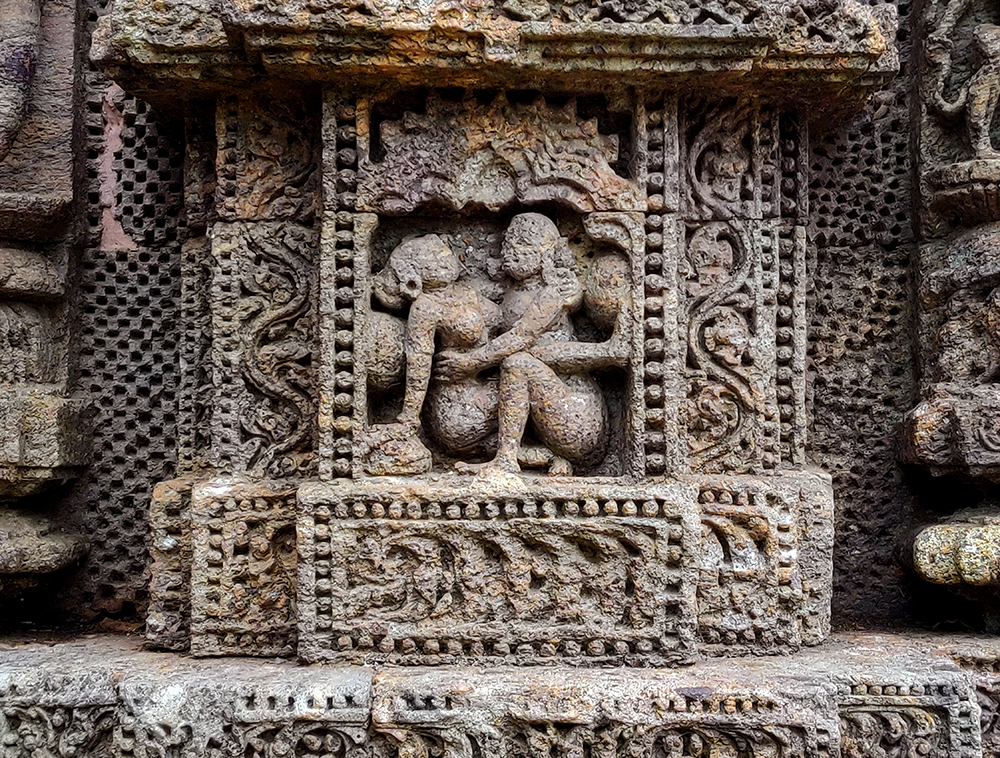A conservative country like India was once home to world’s first sex book and the erotic sculptures on temples are more scandalous now than when it was created.
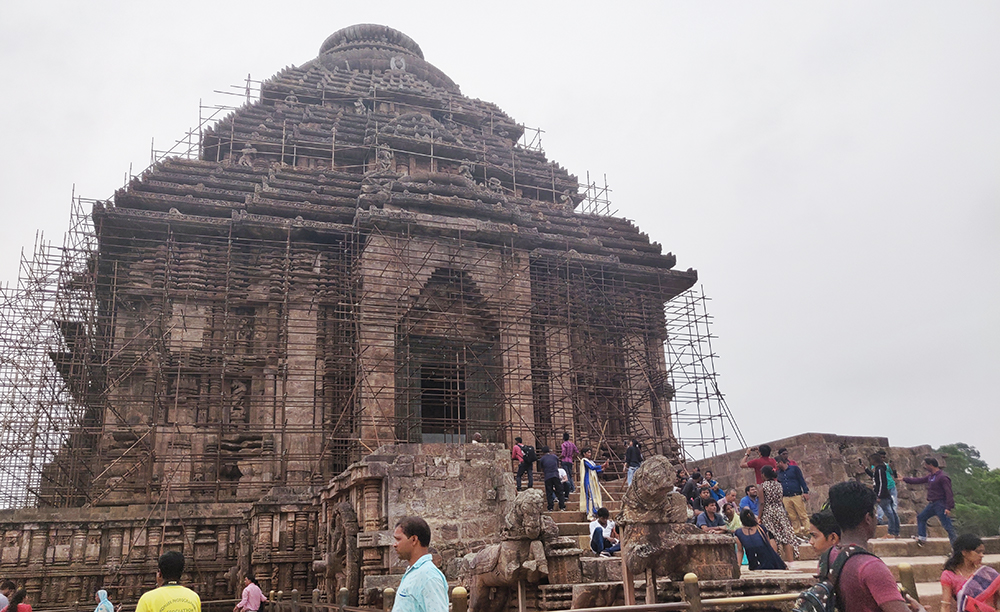
For the past few decades, India has been considered one of the most conservative countries in the world. But believe it or not, India was extremely liberal and accepting about the concept of sex, even before the 13th century.
Back in the 200 A.D, various temples across India had sex sculptures carved into their walls. Sun Temple is one such place in Konark, a city in the state of Odisha. The temple is a monumental representation of the sun god, Surya’s huge chariot with twelve pairs of beautifully ornamented wheels dragged by seven rearing horses.
“Kama (sexual desire) is a part of the four human goals of life. The other three Gods are: Dharma (moral life), Artha (material gains and means of life), and Moksha (the release from the cycle of life and rebirths).” says Suryamani Malla, tourist guide from Department of Tourism, Odisha.
The Sun temple of Konark is a holistic place with depictions of sexual acts that involve polygamy, lesbian relationships, polyandry, and more. Many of the sculptures have faced the natural calamities of time, some of them have been well maintained. All the fallen down sculptures and walls have been preserved in the nearby Konark Archeological Museum.
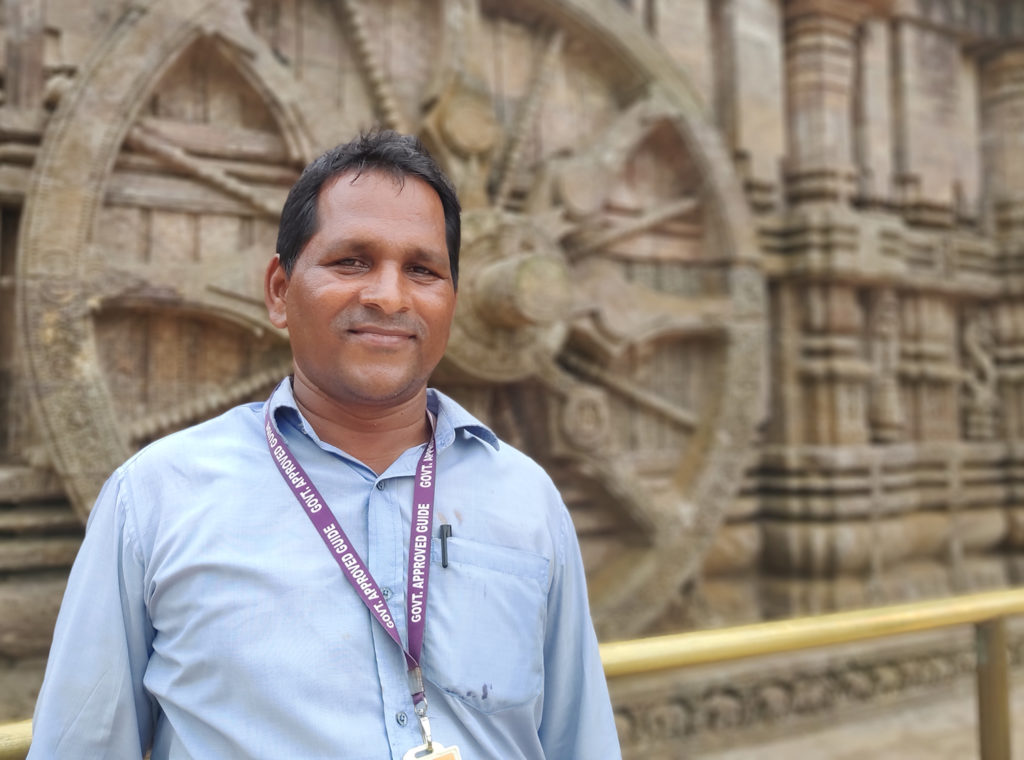
The various sculptures on the walls of this temple show graphic portrayal of everything from oral sex to polygamy to bestiality. There is also portrayal of various homosexual sculptures in midst of everything else, and it’s out in the plain sight.
“Kamasutra, the book of love was taught to young students back in the days and this was one of the pictorial media of education for young students then.” says Malla, who has extensively researched about the Sun Temple of Konark.
Section 377 of Indian Penal Code (IPC) states:
“Unnatural offenses- Whoever voluntarily has carnal intercourse against the order of nature with any man, woman or animal shall be punished with imprisonment for life, or with imprisonment of either description for a term which may extend to ten years and shall also be liable to fine.”
This law was decriminalized on 6th September 2018. It was a huge step in the right direction, but for a country who has homosexual sex sculptures on the walls of the most sacred temples, this should have never been a ‘criminal offence’.
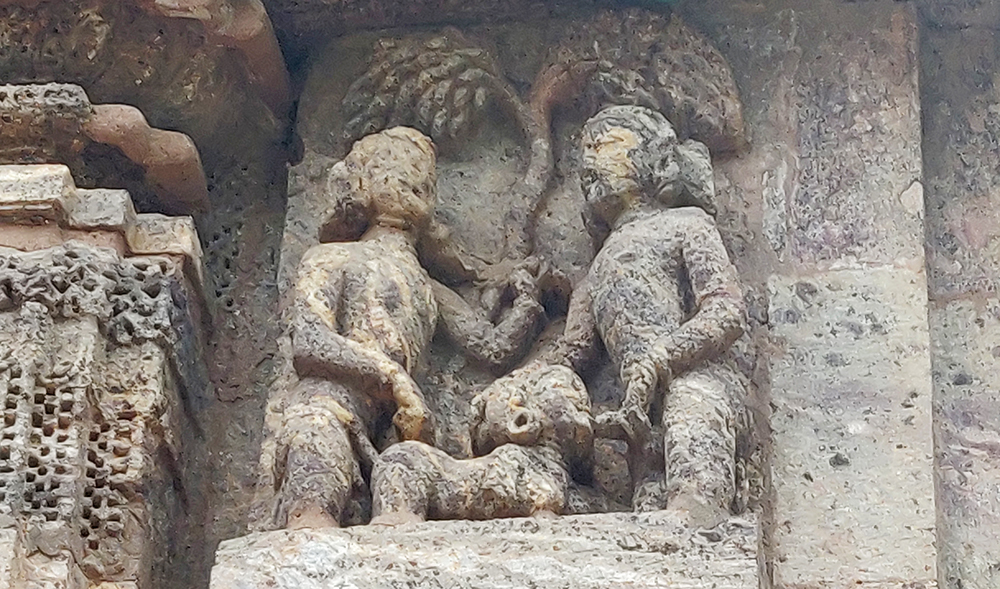
Sun Temple of Konark is not the only temple that showcases erotic temple art. The best preserved of all temples can be found in a small town named Khajuraho in the central state of Madhya Pradesh. Khajuraho Temples were built in the Chandela Dynasty between 950 A.D and 1050 A.D. Out of the original 85 temples, only 22 of them remain today.
On entering the temple site, the sandstone glowed with the golden sun rays. Local women carried fresh flowers and incense sticks for their prayers, while visitors walked around the outer corridors, gazing at the extravagant and complex sculptures that covered every inch of the walls. There were various images of gods and goddesses, warriors and musicians, animals and birds. It looked very much like a scene from any temple in India.
But on closer inspection, many of these sculptures were of a profound sexual nature, featuring men, women and animals. There were depictions of threesomes, orgies, homosexuality and bestiality.
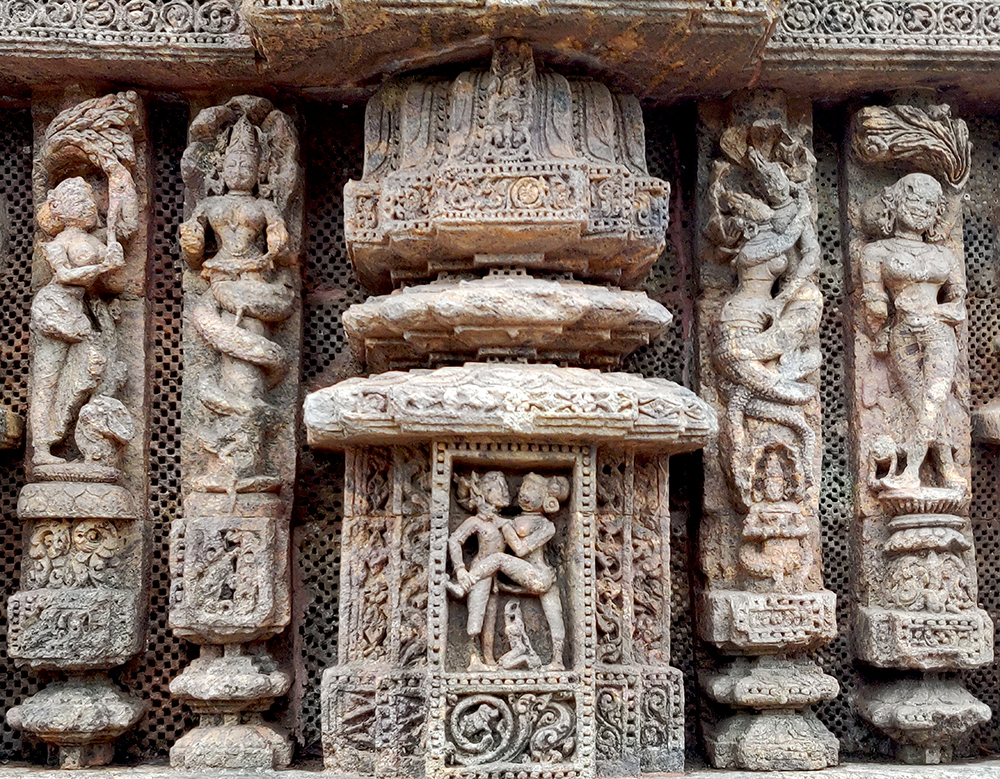
Although it is to be expected, anyone would be taken aback by immense detail of shapely engraved maidens and chivalrous men contorting their bodies in impossible sexual positions.
These are also depicted right next to sculptures of divine beings smiling blissfully at their devotees. Many of the sculptures are chipped off and have a few bid parts broken, but these carvings were very immaculate, considering that these temples were more than 1000 years old.
These erotic sculptures around the temple walls have various theories and stories behind it. While talking to a local woman who sells flowers in the market, she said,
“It was believed that it is a way of telling the people visiting the temples to leave their impure and lustful thoughts outside before entering the temple”.
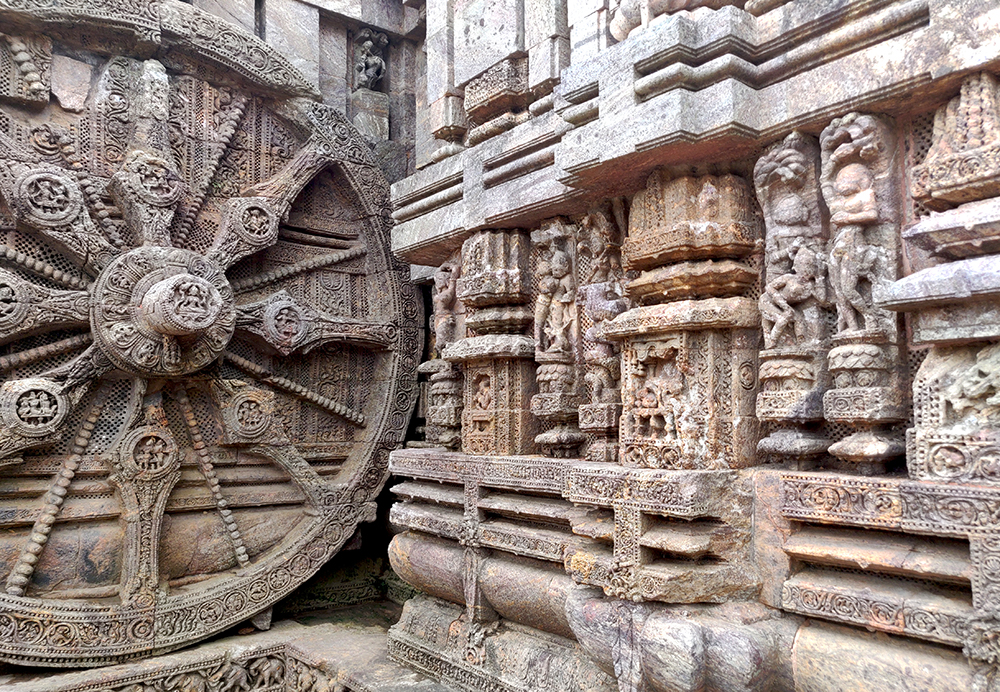
This is one of the many theories out there. The Chandela kings were followers of tantric principles, which has a command over the force between female and male bodies. This faith is said to be portrayed on the temple walls they created.
It was also considered a good omen because it represented new beginnings and bringing new life. Temples were also a place of learning everything, including lovemaking and the illustrated depictions helped in better understanding.
Apart from all this, Hinduism is a religion that has traditionally considered sex an essential part of life. That could be one of the reasons why these carvings are casually scattered between others that portray activities such as prayer and war. The fact that they are set in plain view and not tucked away in the extreme corner tells that their creators meant for them to be seen by all.
“If you take Kamasutra itself, there is an entire chapter that talks about homosexuality. Where they talk and clearly categorize all kinds of homosexual desires. The author talks about these desires as perfectly normal and as a possibility. He did not portray it to be a moral issue or a social/religious taboo.”
Says Jithin Shankar, who is an assistant professor of History at NSS Hindu College, Kerala.
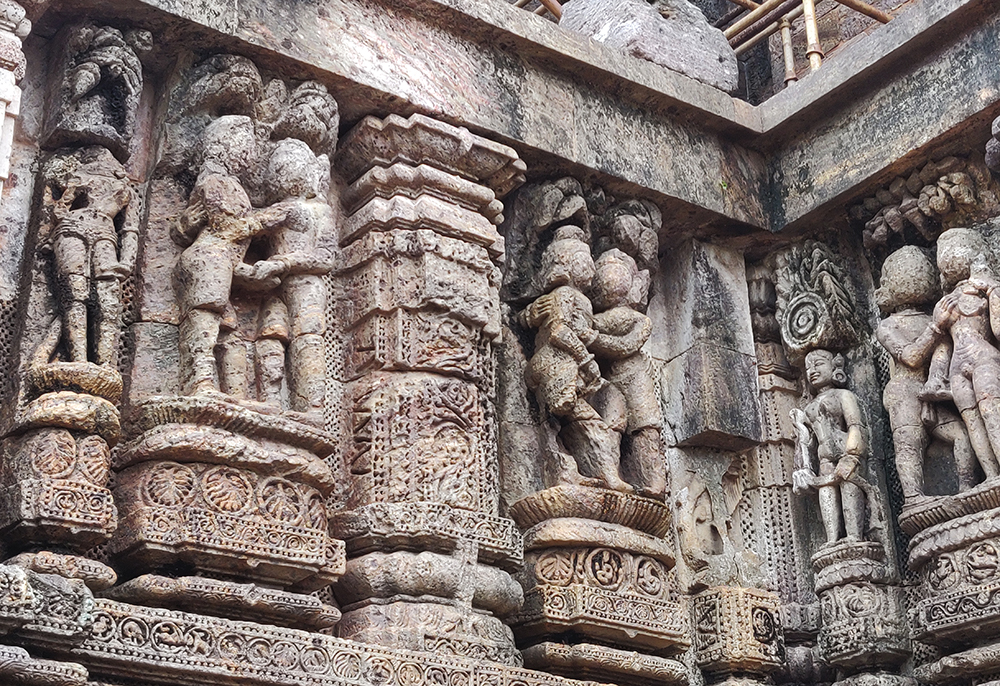
Shankar goes on to talk about the Indian culture being multiethnic, multilingual and an amalgamation of various cultures. Over the time, there have been different cultures and traditions were passed down to generations. Sruthi and Smrithi are two such concepts.
“Sruthi and Smruthi are the two most important practices in the Sanskrit School of Thought. Sruthi mean to listen and recollect what is being said. Smruthi means to remember that for the coming generations” he says.
The reason why concept like homosexuality has become subjective is because people either address it to be right or wrong. The literature available tells you that having a sexual preference tis more of a grey area, hence multiple versions of the same thing.
At some point in time, homosexuality collided with religion and that is when people started questioning the ethics and morality of this subject.
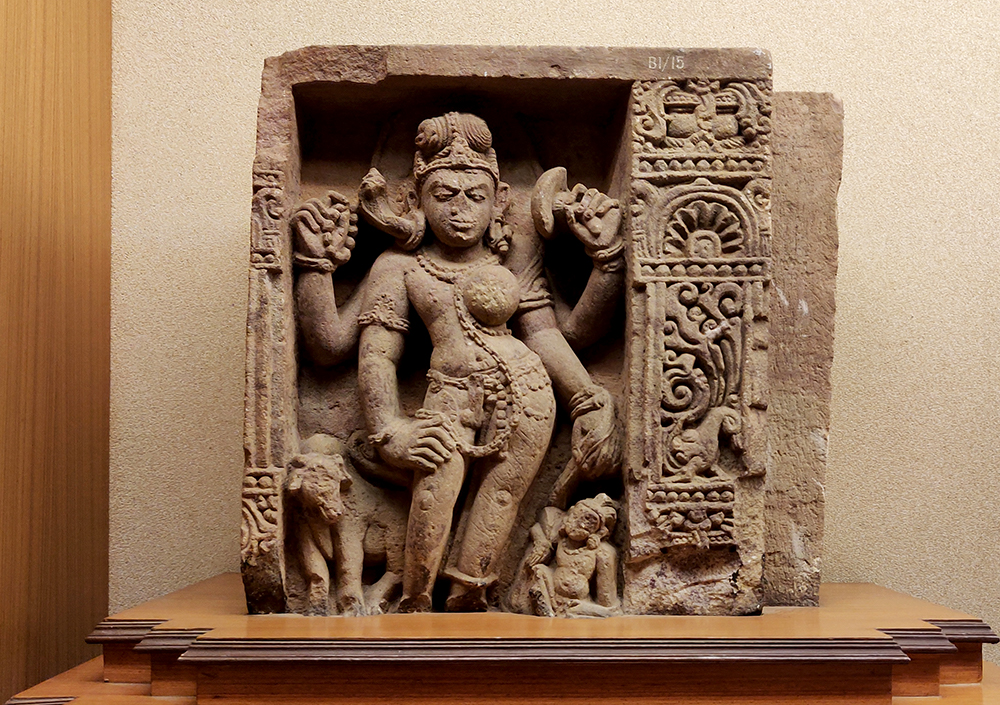
Religion is just a discipline which tells people what to do and what not to do. There have been multiple cults throughout history before religion came into picture in this country. There have been various cults that worship sexual organs like Linga worship or Yoni worship during the Indus Valley Civilization. This gives it a spiritual entity.
Many characters in Indian mythology literature like Mahabharata and Puranas talk about characters like Mohini and Shikhandi, who can be categorized as bisexual or gender variant and this shows how normal it was back then to include characters like this to the literature.
“Instead of getting inspired by the character, even the fact that people had the imagination to write down a character like her, is a big step. They had the literary freedom when it came to this” says Shankar.
Shankar points out that during that time and age, even the European literature did not think or talk about something like this. So, for a country like India to talk about this in their literature is a huge thing and it shouldn’t be looked down upon right now.
Shikhandi is another character that can be identified as gender variant in the Indian Mythology. Mahabharata is believed to written around 6th and 7th century period, around the Gupta dynasty time and it talks about a character called Shikhandi who was born a woman but changes sex and becomes a eunuch.
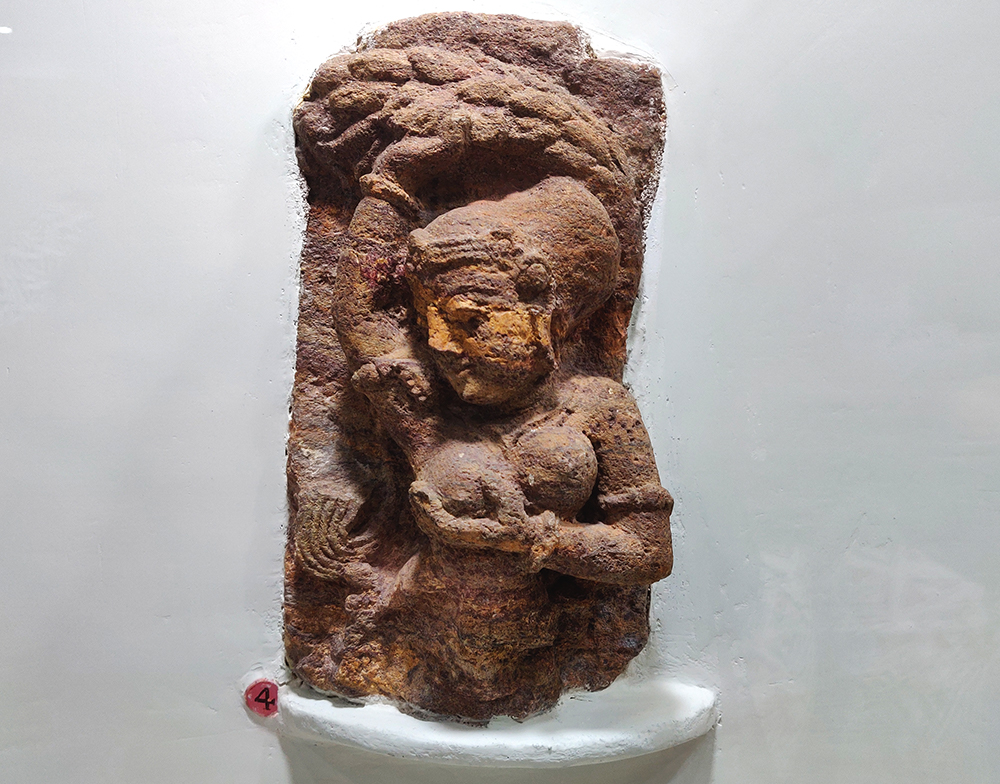
Long before this character was written, in texts like Ardhashastra, this is a term used to denote a category of transgender people. Maharshi Vatsyayan who wrote Kamasutra speaks about this term called Shikhandi. Hence, this is a term brought by the Sanskrit language to term such a group of people.
Even though many literature like Vishnu Purana term it as a negative thing and call it ‘blecha’ terming it as bad or ugly, other literature like Ardhashastra, Kamasutra and Panchatantra talk about it like a normal thing. Archaeology provides hard core support when it comes to that.
“Sculptures around the temples like Khajuraho, or Sun Temple in Konark proves to us that whatever written in these literature was not a made-up story. It was something Indians back then believed and accepted” Says Shankar.
These sculptures are no western influence for our country, and neither is homosexuality. Decriminalization of Section 377 is a big step, but the LGBTQIA+ community still faces a lot of bullying and exclusion from the Indian society, especially from politicians and religious groups.
Religion has become the biggest weapon to make people in this country feel like an outsider. People are victims of lynching, mental torture and thousands of them have been thrown out of their homes by their own families for coming out as LGBTQIA+. This is a huge step back for our community.
If Indians thousands of years ago could accept homosexuality as something natural and common, then there is no reason to react in a negative way towards the LGBTQIA+ community in India today.
